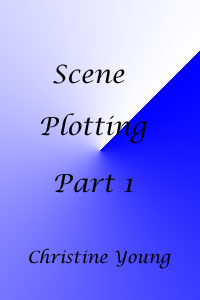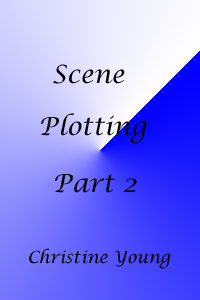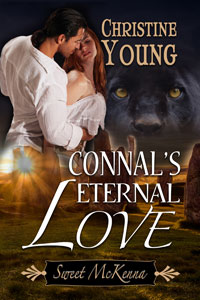Characterization: Inside & Out/Part One
Characterization, how important is it?
One of the most critical elements in a novel is the characterization, especially of the hero and heroine. In the next weeks we will explore important elements of creating the best characters possible.

Characterization: Step 1
I rarely use this entire chart. I pick and choose what works for that particular character. Because I write mostly historical romance, some of the key elements won’t work. I especially like the favorite phrase. Much of this can be used and I will keep it side by side with my ms. as I write.
Date this chart was completed:
Of course the author should know the character’s full name. We all understand how the use of a full name can differ in intensity when the full name is used versus part of the name.
Character’s Full Name:
Reason or meaning of name:
Nickname: Reason for nickname:
Use a character naming source book when choosing names of your characters. The meaning of a name can give insight into the character. For example in my paranormal romance, Sweet Sexy Sadie, the hero’s name is Brody which in Apache means fire starter. Brody is an explosives expert.
The heroine’s name is Sadie. Sadie mean princess and one of Brody’s pet names for Sadie is of course, Princess.
Characterization: Birth Date & Astrological Sign
Is the date of birth important? Maybe–maybe not. In some of my books, I use the information from their astrological sign. The astrological sign gives positive aspects of the characters personality as well as negative aspects. This knowledge can be used to show the growth of the character throughout the story.
Birth date:
Astrological Sign:
Characterization: Physical Appearance
The physical appearance of our characters is, I believe, one of the most obvious. However, a writer can use physical appearance to help create a brand. Ask yourself what type of reader am I writing for? Try to keep your characters similar in nature so your followers know what to expect.
For example, many romance readers are middle aged plus sized women. As an author and a reader, what type of hero and heroine do you want to brand yourself to. A middle aged woman who is plus sized might want to see a heroine similar to herself able to entice a man with six-pack abs and broad shoulders who is handsome as well as debonair.
Age: How old does s/he appear?
Eye Color: Glasses or contacts:
Weight: Height:
Type of body/build:
Skin tone: Skin type:
Shape of face:
Characterization: Predominant features
As an author, you might not use all of the below. However, the features listed can be used to enhance the quality of your novel.
Distinguishing marks
Hair color:
Distinguishable hair feature (bald,
receding hairline, etc.):
Type of hair (coarse, fine, thick, etc?)
Character’s typical hairstyle:
Looks like:
Is s/he healthy?
If not, why not:
Physical disabilities:
Characterization Chart
When I write, I keep both my scene plotting charts and my characterization charts by my side. I fill out detailed charts for both my heroine and hero. I use modified charts for my other characters. Keeping these charts nearby give reminder to me as to who I’ve created and the growth of the character.




